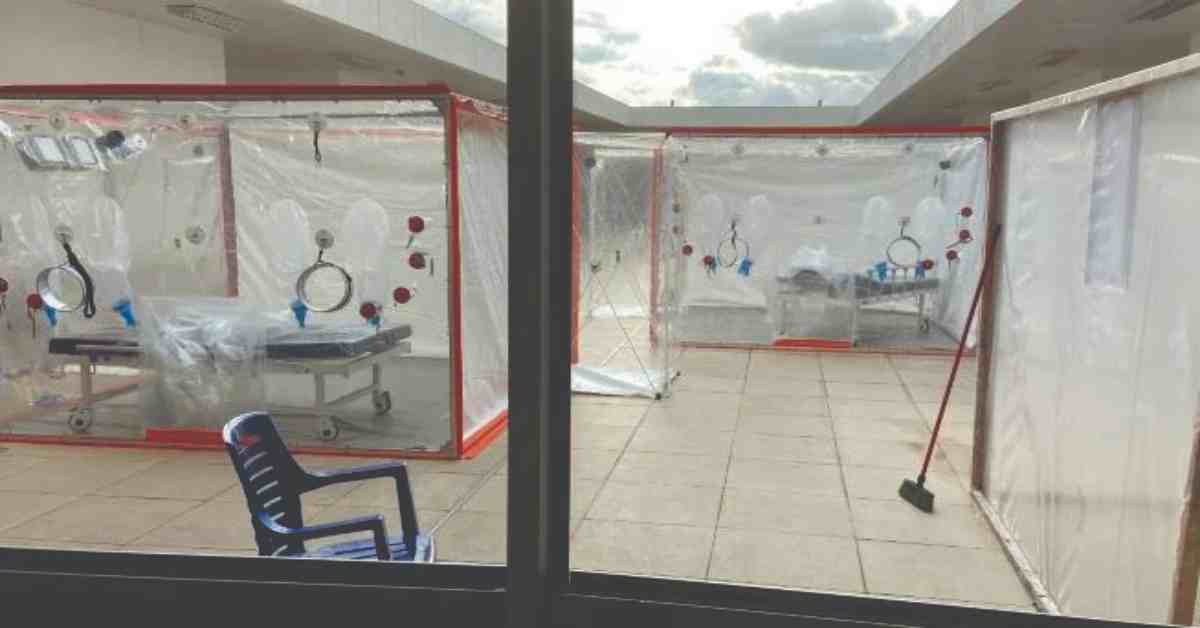Marburg Virus Outbreak in Tanzania Claims Eight Lives
This outbreak follows a three-month Marburg outbreak in neighboring Rwanda, which ended recently after claiming 15 lives.

The World Health Organization has confirmed a suspected outbreak of Marburg Virus Disease (MVD) in Tanzania’s Kagera region, with at least eight fatalities reported so far.
The announcement, made on Tuesday, has raised concerns over the “high risk” of the disease spreading further.
Details of the Outbreak
The revealed that nine cases have been identified to date, including the eight deaths. “We would expect further cases in the coming days as disease surveillance improves,” said WHO Director-General Tedros Adhanom Ghebreyesus via social media platform X. The UN health agency is providing full support to the Tanzanian government and affected communities.
This outbreak follows a three-month Marburg outbreak in neighboring Rwanda, which ended recently after claiming 15 lives.
About Marburg Virus Disease
Marburg virus causes a highly infectious hemorrhagic fever, with symptoms often including bleeding and organ failure.
The virus, which belongs to the same family as Ebola, has a fatality rate of up to 90% and is transmitted from fruit bats. Human transmission occurs through direct contact with bodily fluids of infected individuals.
Past Incidents in Tanzania
The Kagera region experienced its first Marburg outbreak in March 2023.
That outbreak lasted nearly two months, resulting in nine cases and six deaths.
WHO highlighted that zoonotic reservoirs, such as fruit bats, are endemic to the area.
WHO’s Risk Assessment
WHO has categorized the national risk as “high” due to several factors:
High Fatality Rate: Marburg’s fatality rate is known to reach 89%.
Unknown Source: The source of the current outbreak remains unidentified.
Geographic Spread: Cases have been reported in two districts, suggesting potential spread.
Delayed Detection: Late identification and isolation of cases, alongside ongoing contact tracing, indicate incomplete information about the outbreak.
Regional and Global Concerns
The regional risk is also deemed “high” because of Kagera’s strategic location as a transit hub with significant cross-border movement involving Rwanda, Uganda, Burundi, and the Democratic Republic of Congo.
Some suspected cases have emerged near international borders, increasing the potential for the virus to spread to neighboring countries.
While WHO has recommended that neighboring nations remain vigilant and prepared to manage potential cases, it has not advised imposing travel or trade restrictions with Tanzania.
The global risk is considered “low” at this stage, with no confirmed international spread. However, WHO emphasized the importance of enhanced surveillance to monitor the situation.
Prevention and Preparedness
Marburg virus does not spread easily and typically requires contact with the bodily fluids of symptomatic patients.
However, the WHO cautioned that individuals exposed to the virus might travel, underscoring the importance of regional and international awareness.
Efforts to contain the outbreak include heightened disease surveillance, improved contact tracing, and support for the Tanzanian government in managing the crisis.
Neighboring countries have been urged to prepare for potential cases while maintaining vigilance to prevent further spread.
